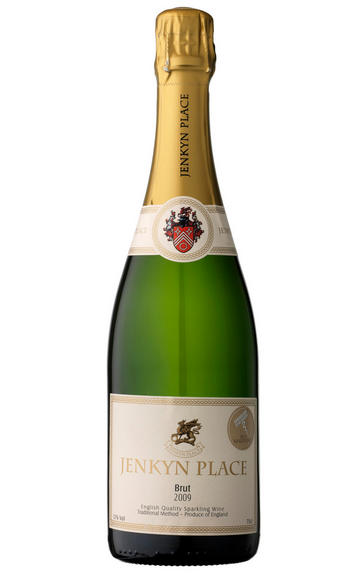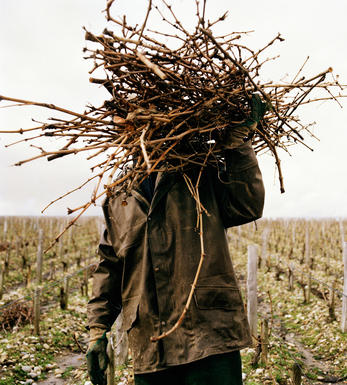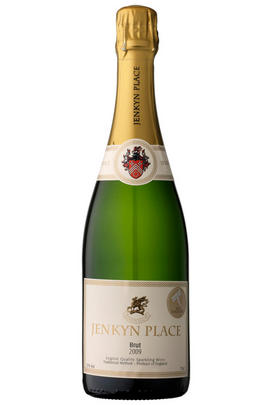
About this WINE

Jenkyn Place Vineyard
At the heart of the Hampshire village of Bentley and purchased in 1997 by Simon and Rebecca Bladon, Jenkyn Place’s twelve hectares of vines lie in two parcels around the house, itself Grade II listed and dating from the 17th century.
The first three acres of vines were planted in 2004 after conversion from hop fields, with a further two acres being planted in both 2005 and 2007. The final five acres were planted in 2010. The soil is a greensand over chalky marl on south-facing slopes, and the total vineyard is planted to 60% Chardonnay, 25% Pinot Noir and 15% Pinot Meunier.
The first commercial wine vintage was in 2006 and both this vintage and the current 2007 were made by Mike Robert’s team at Ridgeview. From the 2008 vintage the wines have been made by Dermot Sugrue at Wiston Estate in Sussex , a year which will also mark the introduction of a rosé.
The house is also renowned as the home of Harold Sanderson, chairman of the White Star Line and it is said that this is where he received the news of the sinking of The Titanic. Although the vines are still young, there is great potential on display, with a splendid integrity and “sense of place” about the wine, a natural consequence of the produce of a single domaine where only the fruit of the estate is used.

Champagne blend
Which grapes are included in the blend, and their proportion, is one of the key factors determining the style of most Champagnes. Three grapes are used - Pinot Noir, Chardonnay and Pinot Meunier.
26% of vineyards in Champagne are planted with Chardonnay and it performs best on the Côtes des Blancs and on the chalk slopes south of Epernay. It is relatively simple to grow, although it buds early and thus is susceptible to spring frosts. It produces lighter, fresher wines than those from Burgundy and gives finesse, fruit and elegance to the final blend. It is the sole grape in Blancs de Blancs, which are some of the richest long-lived Champagnes produced.
Pinot Noir accounts for nearly 40% of the plantings in Champagne and lies at the heart of most blends - it gives Champagne its body, structure, strength and grip. It is planted across Champagne and particularly so in the southern Aube district.
The final component is Pinot Meunier and this constitutes nearly 35% of the plantings. Its durability and resistance to spring frosts make the Marne Valley, a notorious frost pocket, its natural home. It ripens well in poor years and produces a soft, fruity style of wine that is ideal for blending with the more assertive flavours of Pinot Noir. Producers allege that Pinot Meunier lacks ageing potential, but this does not deter Krug from including around 15% of it in their final blends.



Buying options
Add to wishlist
Description
Hampshire’s North Downs are home to this little gem, the vines of which were planted in 2004 by Simon and Rebecca Bladon. All three of the Champagne grapes, namely Chardonnay, Pinot Noir and Pinot Meunier, play their part in the ensemble, which has a palate of fresh green apples and zingy red fruit. Homebred well placed talent of note.
Simon Field MW, Wine Buyer
wine at a glance
Delivery and quality guarantee